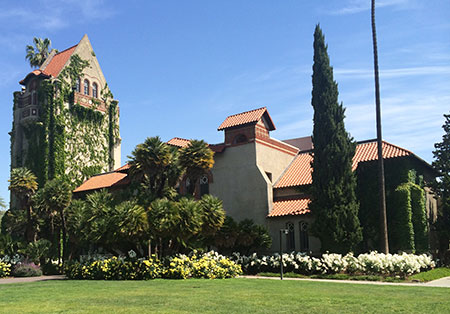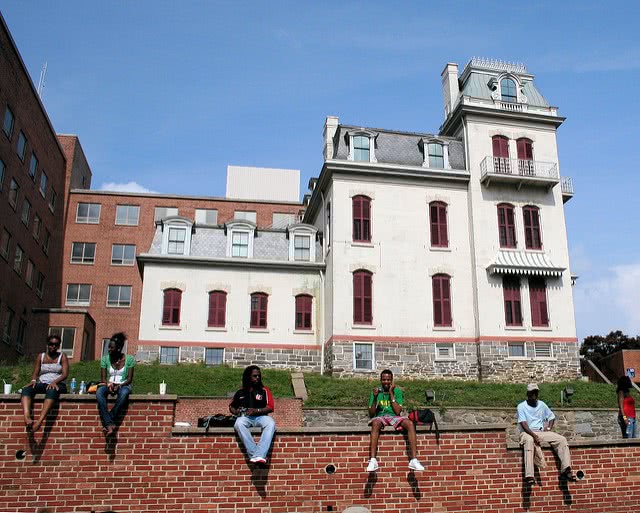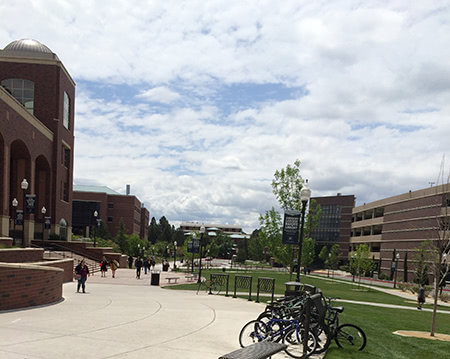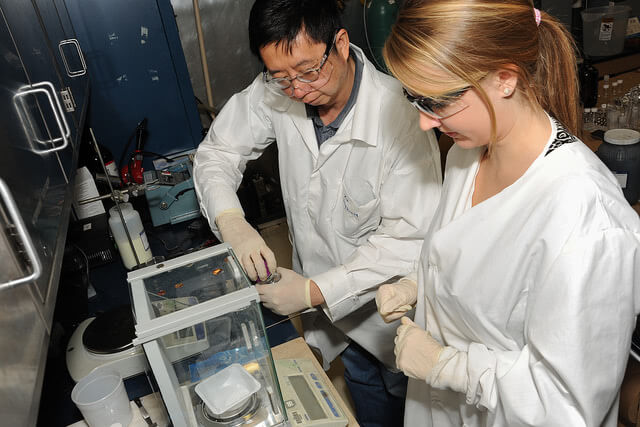
San Jose State University, A Hispanic Serving Institution. Photo by Jessica Velasco.
Specialized mission colleges focus on educating specific groups of students. The most common specialized mission collages are the Historically Black Colleges and Universities (HBCU) and Hispanic-Serving Institutions (HSI). An HBCU and HSI offer many great resources for their students. In addition, contrary to popular belief, HBCUs and HSIs educate students of all races, ethnicities, and cultures–not just African American and Hispanic/Latino students.
Here are ten reasons to consider attending a HBCU or HSI.
1. Excellent education
HBCUs and HSIs have great reputations in the academic world. HBCU institutions, such as Howard University and Morehouse College, have long and rich histories of offering top-notch education to their students. Many HSI colleges and universities have well-known academic brands, such as some of the University of California and University of Texas campuses. Just like all types of colleges, many HBCUs and HSIs offer great educational experiences.
2. Something for everyone
HBCUs and HSIs come in all shapes and sizes. There are public and private HBCUs and HSIs. HBCUs are located throughout the southern United States, while HSIs are located in 15 states located all over the country. Some are huge with over 30,000 students, while others have only 1,000 students. Whatever students are looking for in a college or university, they will probably find multiple HBCUs and HSIs that meet their needs.
3. Location
Many HBCUs and HSIs are located in areas with large populations of African American and Latino students. For some students, going far away from home is not an option. Therefore, attending a close college or university makes the transition to college easier for students who want to obtain a college education.
4. Classes
HBCUs and HSIs offer many academic programs, just like most colleges and universities. HBCUs and HSIs may also have in-depth courses on the history and experiences of African American and Hispanic/Latino people and cultures. These types of classes are great opportunities for all students who attend the HBCU and HSI campuses, no matter their race or ethnicity.
5. Extracurricular activities
Just like the in-depth courses available at HBCUs and HSIs, they also have a wide array of extracurricular activities. Many of the clubs, organizations, and activities give students the opportunity to explore the history, culture, and experiences of African American and Hispanic individuals and groups.
6. Diversity
The names may include “Black” and “Hispanic,” but HBCUs and HSIs have diverse student bodies. Some HBCUs have large percentages of African American students, while others have less than 20 percent African American students. HSIs must have at least 25 percent of their students with Hispanic backgrounds. HBCUs and HSIs attract students from all over the country and the world. In addition, they attract students from all racial and ethnic backgrounds.
7. Supportive campus communities
HBCUs and HSIs are known for being supportive of the needs of their students. They offer many great resources for students, including resources to help students transition to college, as well as resources to help students once they graduate.
8. Alumni associations
Almost all HBCUs and HSIs have active alumni associations for their graduates. In addition, there are many chapters of HBCU and HSI alumni associations that are open to any student who has graduated from a HBCU or HSI campus. Alumni associations are great resources for networking no matter where the alumnus is in their career life.
9. Long histories and legacies
Many of the HBCUs and HSIs have long histories and legacies of educating African American and Hispanic students. For HBCUs, many were founded with the mission of educating African American students after the American Civil War. Hispanic-serving schools may have been educating Hispanic students for many years, but officially were recognized as a HSI as part of the Higher Education Act of 1965. Each HBCU and HSI has a unique history that plays a part in what the campus is today.
10. Motivated to be leaders
These campuses have wonderful mentors for students to go on and do great things. Some well-known individuals are alumni of HBCUs and HSIs. For example, author Toni Morrison attended Howard University and Oprah Winfrey attended Tennessee State University, both HBCUs. Former U.S. Secretary of Labor, Hilda Solis, attended California Polytechnic State University, and ABC news correspondent Gio Benitez attended Florida International University, both HSIs.
The missions of HBCUs and HSIs are to provide educational opportunities for African American and Latino students. However, their doors are open to all students, no matter their race or ethnicity.
There are over 100 HBCUs and over 250 HSIs in the United States for students to choose from. HBCUs and HSIs offer wonderful and great educational opportunities and communities for students and have a lot to offer their students.







Thank you for this article!